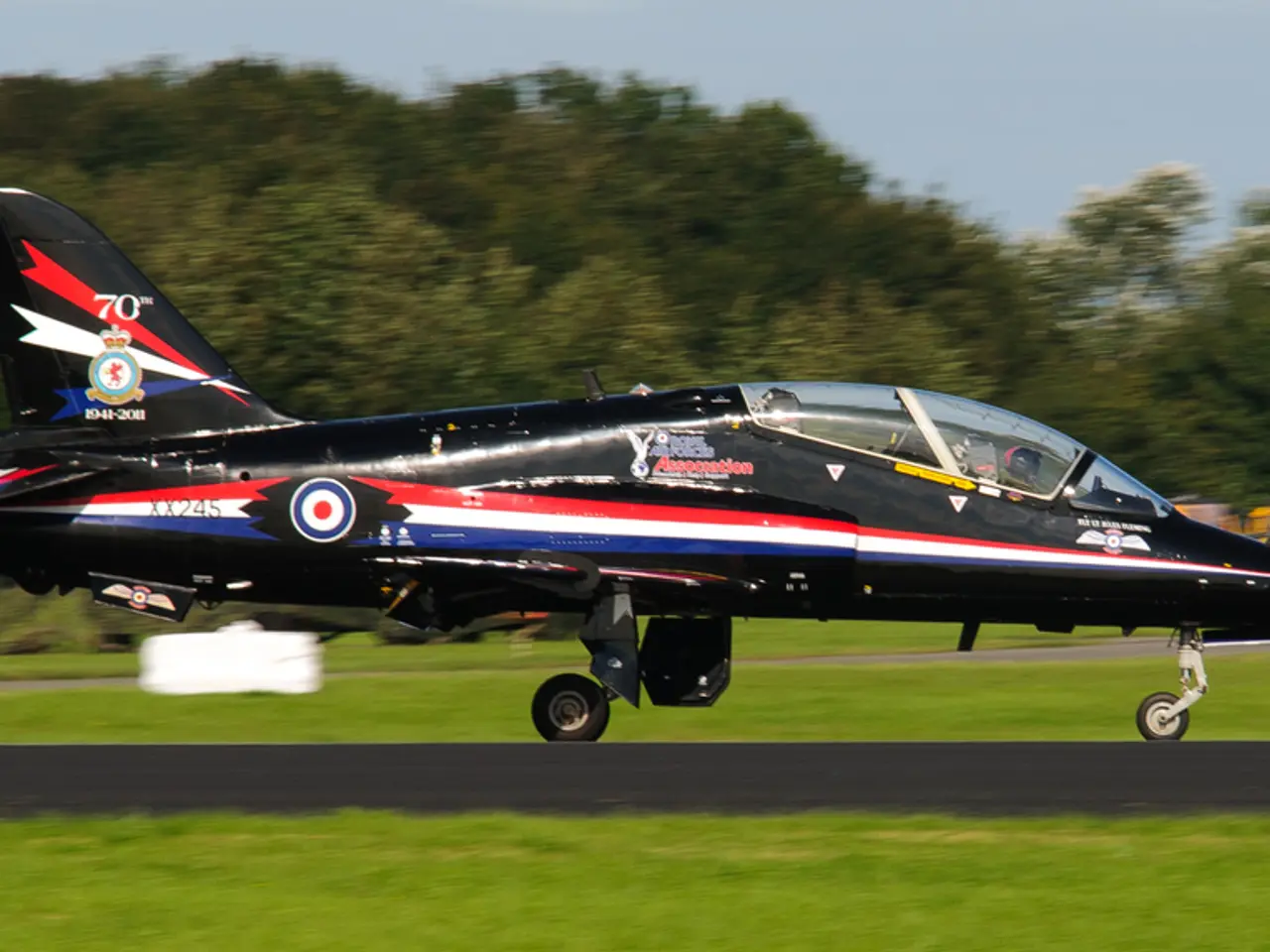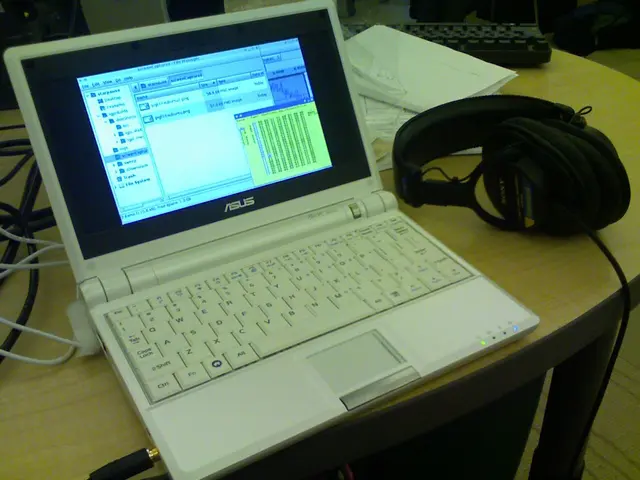Defense Innovation Unit, USNORTHCOM, and the U.S. Army reveal Contenders for the C-UAS Affordable Sensing Competition
The Defense Innovation Unit (DIU) has announced the results of its Counter-small Unmanned Aircraft System (C-sUAS) Low-Cost Sensing (LCS) challenge, selecting ten finalist companies out of 118 submissions. These companies were chosen based on rigorous criteria to develop scalable, cost-effective sensor technologies to enhance U.S. counter-drone capabilities.
Launched in May 2025, the LCS challenge was conducted in close partnership with U.S. Northern Command (USNORTHCOM), U.S. Army, U.S. Navy, U.S. Marine Corps, and U.S. Indo-Pacific Command. The goal was to advance low-cost, scalable sensing solutions that improve detection and situational awareness against small unmanned aerial systems.
The selected companies will demonstrate their sensor technologies during the U.S. Northern Command’s Falcon Peak exercise in September 2025. This exercise will provide a real-world test of these low-cost sensing solutions, aiming to complement exquisite sensor systems with affordable, distributed sensing technologies.
One of the involved companies, MatrixSpace, integrates AI-enabled radar for real-time drone detection and airspace awareness, delivering situational awareness to operational software platforms like DroneSense Remote. This enables tracking across varied environments, enhancing operational safety and responsiveness.
The solutions represent a diverse range of sensor modalities, including radio frequency passive detection, active radar, acoustic, optical cameras, infrared cameras, and several mixed modality technologies. The ten finalists are: BLUEiQ, CHAOS 1, Fortem Technologies, Guardian RF, Hidden Level, and others, whose names have not been publicly disclosed in full.
Top performers may be considered for follow-on opportunities, including Other Transaction (OT) agreements, a Cooperative Research and Development Agreement (CRADA), and direct transition into operational use. The prize purse will be distributed based on performance at Falcon Peak 25.2.
This challenge reflects a strategic push to address the growing threat of small unmanned aircraft systems using affordable, scalable sensing solutions that can be operationalized quickly in defense contexts. The selected companies' advancement to live demonstration and testing at USNORTHCOM's Falcon Peak 25.2 exercise marks a significant step towards enhancing U.S. counter-drone capabilities.
The selected companies are developing scalable, cost-effective sensor technologies that utilize various modalities such as AI-enabled radar, optical cameras, infrared cameras, and radio frequency passive detection, to name a few, in an effort to strengthen U.S. counter-drone capabilities through affordable, distributed sensing technologies. In September 2025, these companies will demonstrate their technologies at the U.S. Northern Command’s Falcon Peak exercise, aiming to complement and enhance existing exquisite sensor systems with low-cost solutions.




